How to Reach Mt. Yudono from Tsuruoka City via the Rokujurigoe Kaido Pilgrimage Route
The bus service to Mt. Yudono from Tsuruoka City has been suspended in 2025 due to a driver shortage and financial deficits. We apologize for the inconvenience caused.
For those returning to Tsuruoka City or going to Mt. Yudono without using a private transfer (available through Shoko Travel’s services here), it’s possible to hike back along the historic Rokujurigoe Kaido Pilgrimage Route — a 21 km (around 15 miles), two-day trek through Bandai Asahi National Park.
Hiking season: June 10th to November 1st
What’s the Rokujurigoe Kaido?

The name Rokujurigoe kaido 六十里越街道, literally: “the Highway that goes past the 60 ri”, comes from an old unit of distance, the ri 里 (around 654 meters, 0.4 miles); one ri was defined at the time as six chō 町(with one chō equal to about 109 meters). By this measure, the distance between Hondoji Temple (one of Mt. Yudono’s Main Buddhist Temples) and Oami village was exactly 60 ri—about 39.2km (24.36 miles). Because the route also required crossing many mountain passes, it came to be known as the “The Crossing (-goe 超) Road of the 60 Ri” : Rokujurigoe Kaido.
-scaled.jpg)
The Rokujurigoe Kaido pilgrimage trail is believed to date back to the founding of Churenji Temple in 833 and Dainichibo Temple in 852, the two main temples of Mt. Yudono, located in Oami village (Asahi-mura, a suburb of Tsuruoka City, Yamagata Prefecture). According to the Dewa Fudoki (出羽風土記), a scroll compiled in 1792, pilgrims were already walking the Rokujurigoe Kaido to reach Mt. Yudono as early as the Nara period in the 8th century. Official records in 1733 noted an astonishing 157,000 pilgrims visiting the site.
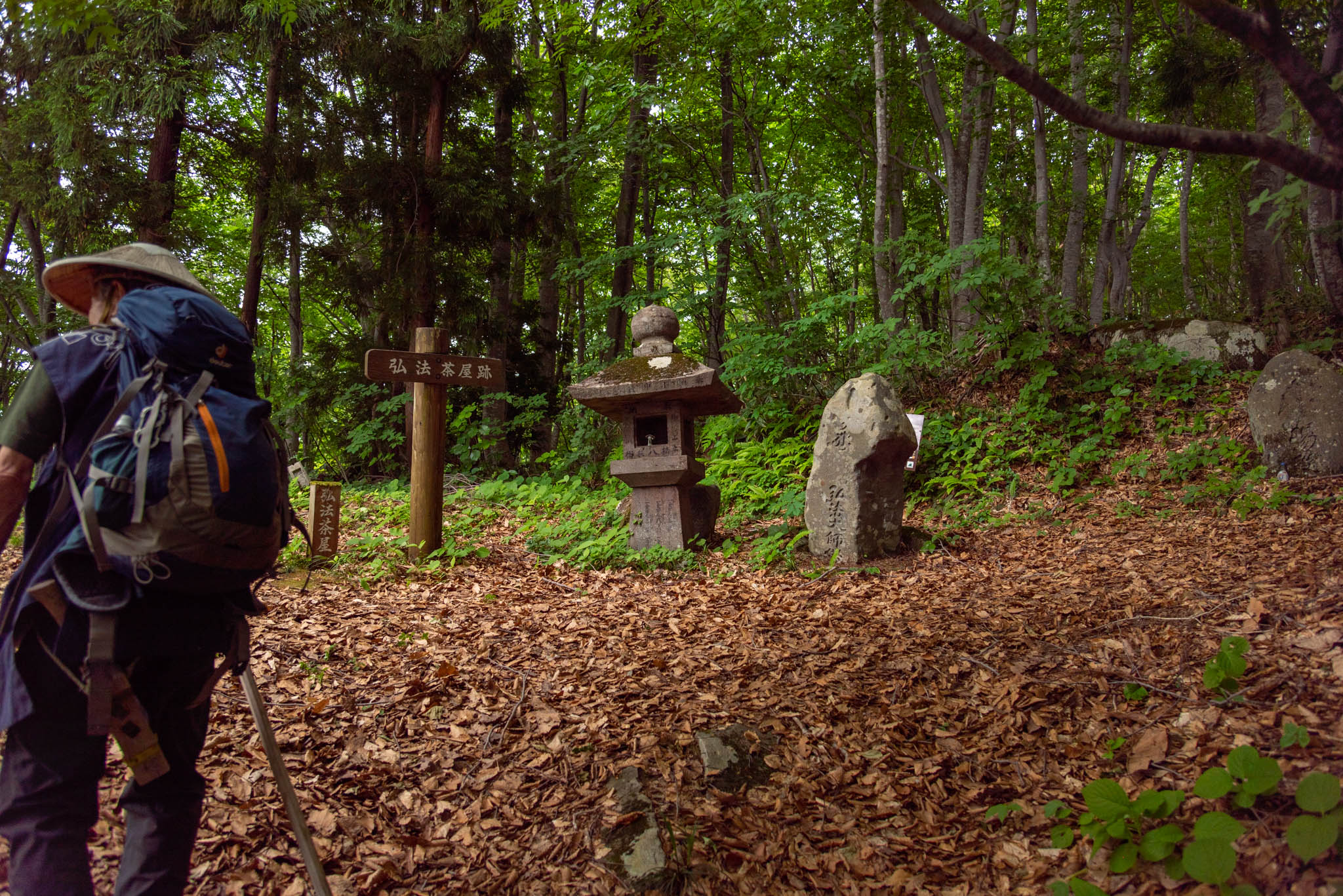
While primarily a sacred route connecting worshippers to Mt. Yudono, the trail also served broader purposes. Linking the inland areas of Yamagata Prefecture (nairiku 内陸) with the coastal Shonai region (庄内), it played a strategic and practical role: facilitating military movements, enabling Shonai soldiers to access the interior, and, thanks to its narrow and rugged terrain, helping defend the coastline from potential invasions.
Today, the remaining walkable route stretches just 39 km (24 miles), but the main section—from Tsuruoka City to Mt. Yudono—is only 21.6 km (13.5 miles). This makes it accessible to hikers of all levels, though it can still pose a challenge for beginners.
The Tsuruoka→Yudono trails on the Rokujurigoe Kaido
Go to Mt. Yudono through the Rokujurigoe Kaido
Day 1
1. Take the bus bound for Ochiai from S-MALL Bus Terminal, and get off the bus at Shimomuraguchi 下村口. Bus timetable here
2. Walk 2km to Honmyoji Temple. Itinerary here (Hint: if you stay at Yasuno Ryokan the previous night, you can ask the owners to bring you directly to Honmyoji Temple with their free shuttle service!)

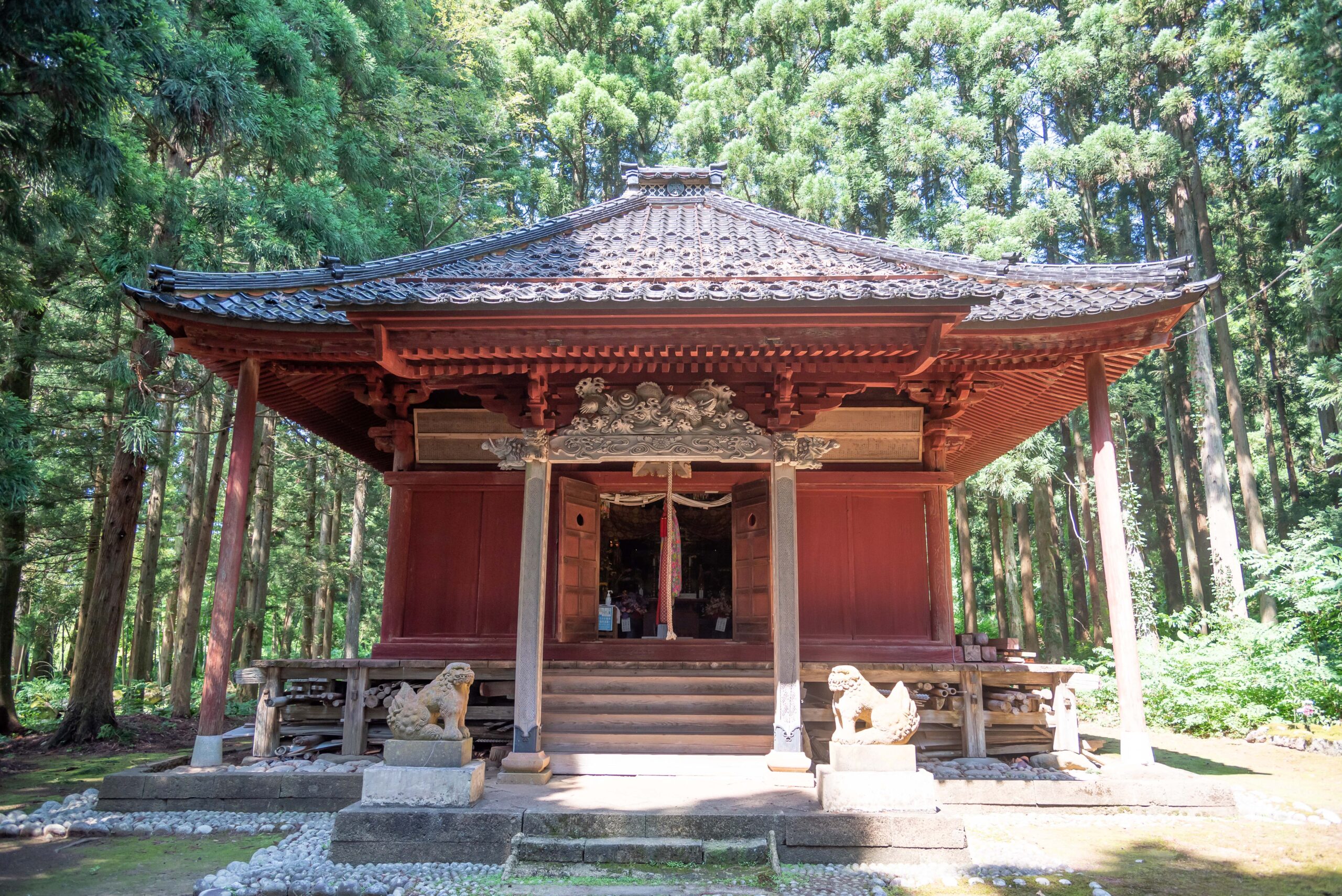

3. Visit Honmyoji Temple’s sokushinbutsu in the Prayer Hall (better to place a reservation beforehand, but if the owners are present, can be visited by ringing the main temple’s doorbell). Visits possible from 9am to 5pm, entrance fees : 500 yen.
4. Walk this course to Churenji Temple (5km, 2 hours 20min, normal pace)
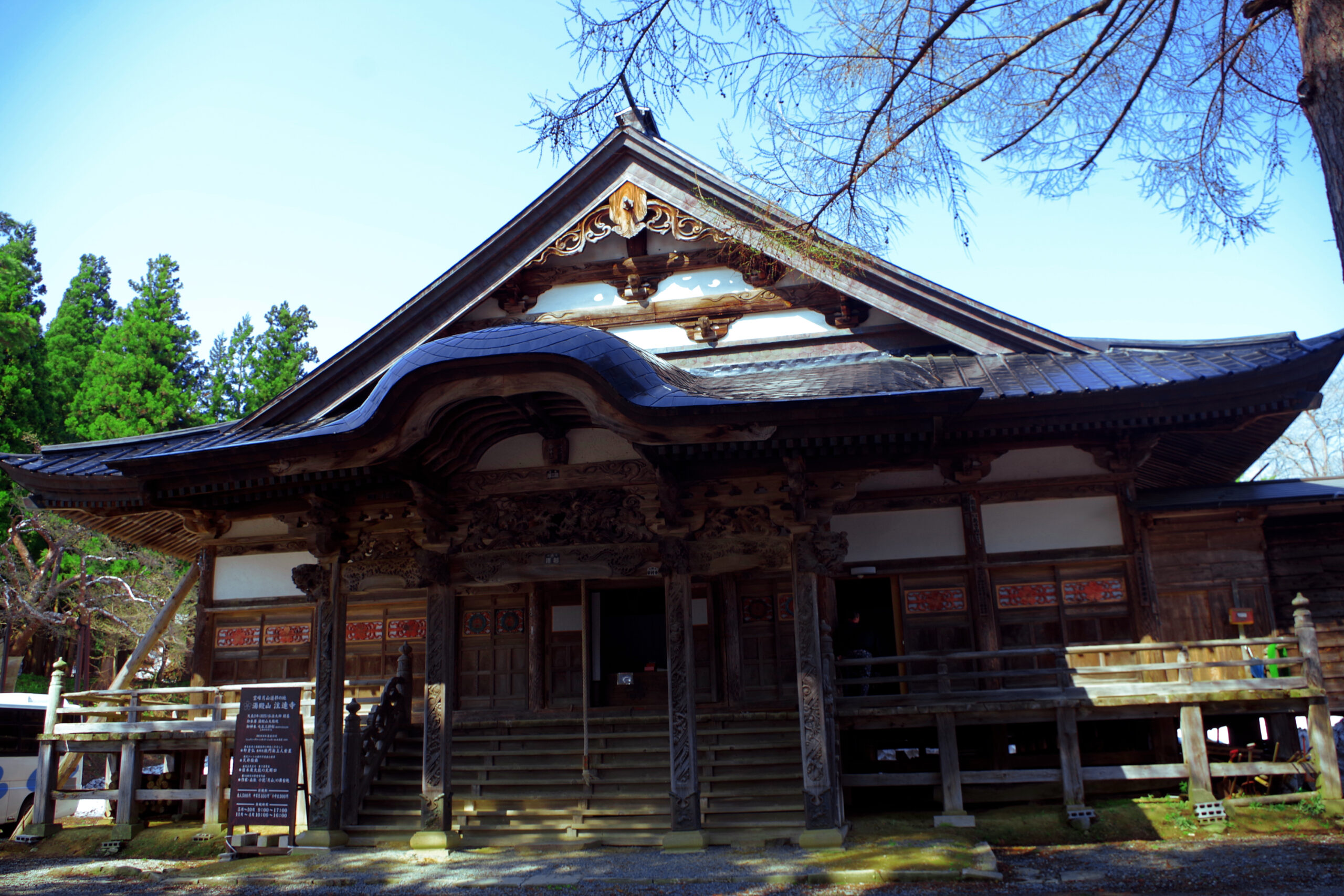
5. Walk 2km to Dainichibo Temple (50 min.)
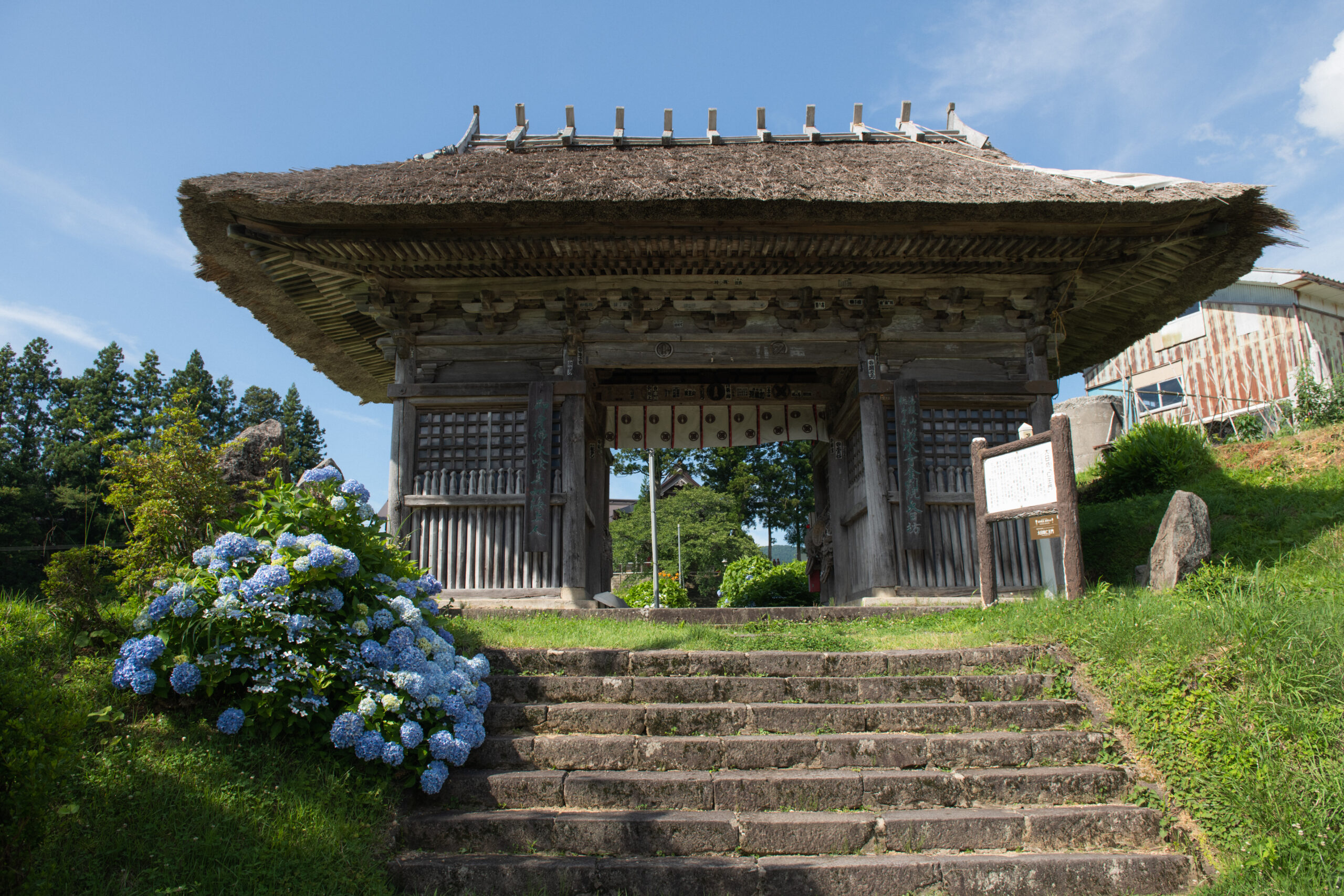

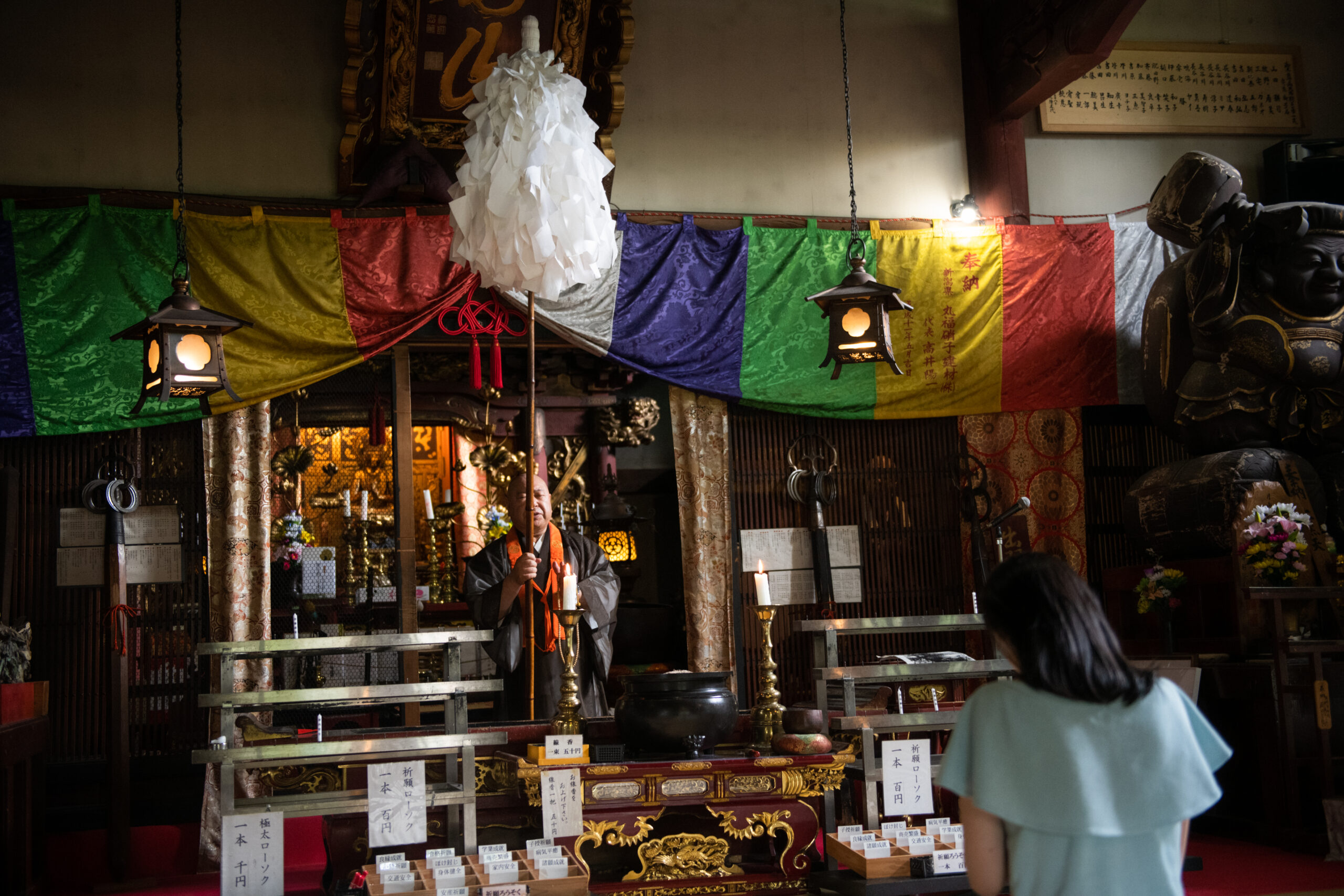
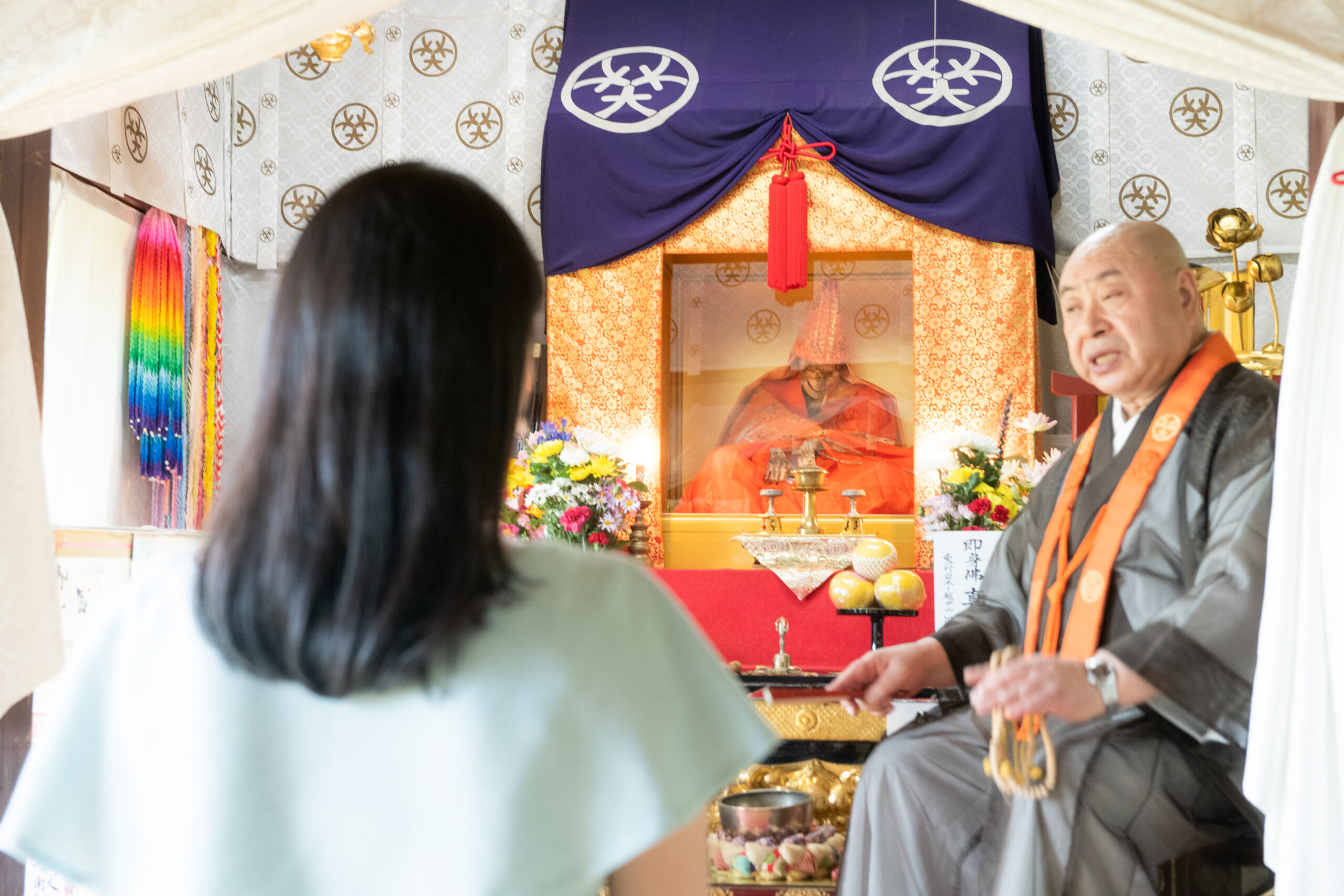
6. Visit Dainichibo Temple (9am to 4pm), no reservation required, entrance fees : 800 yen per person
7. Walk this course to the Nanatsu Falls (Tamugimata Village), but stop at Nanakamado Inn for the night (need prior booking). (5km, 2 hours)
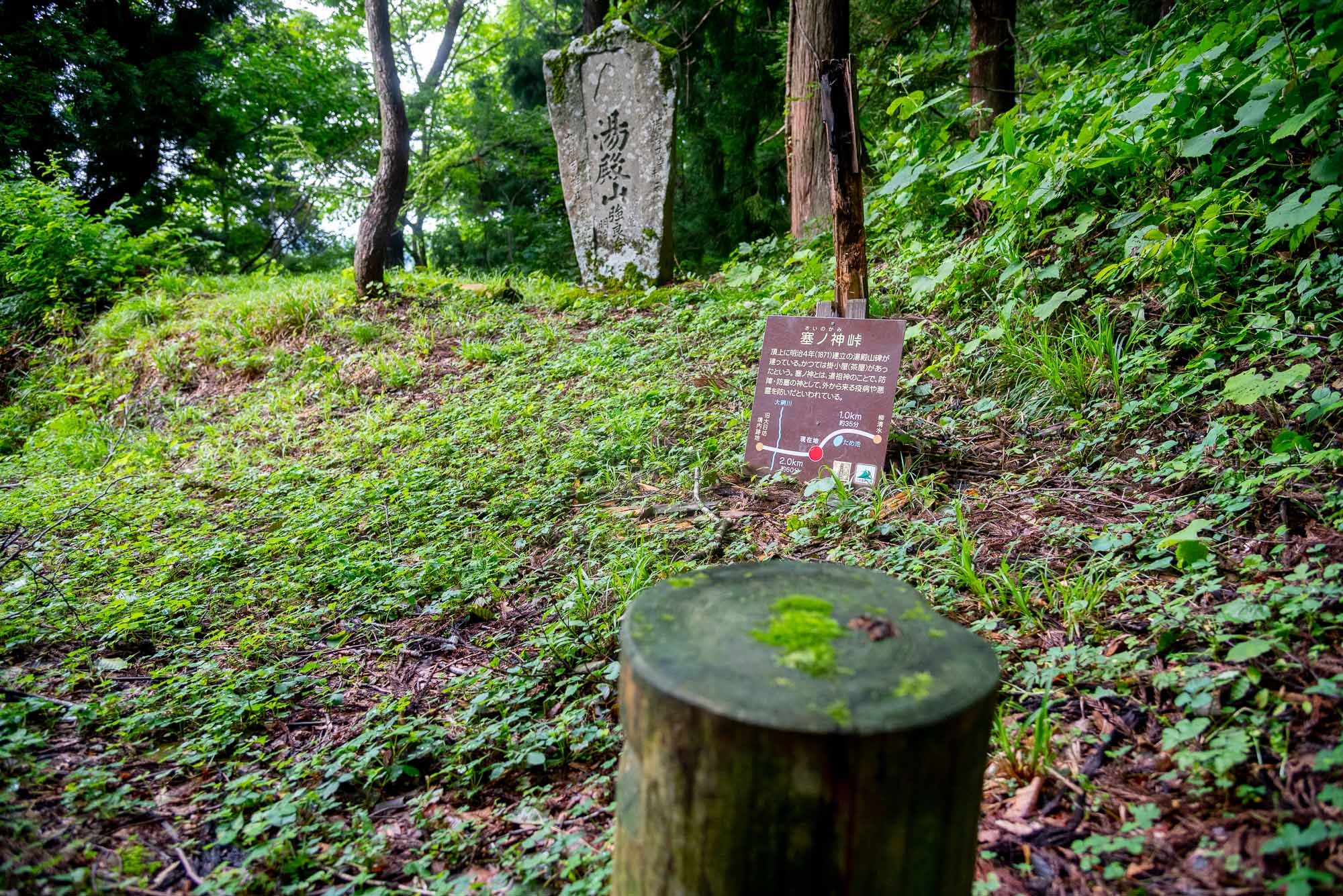
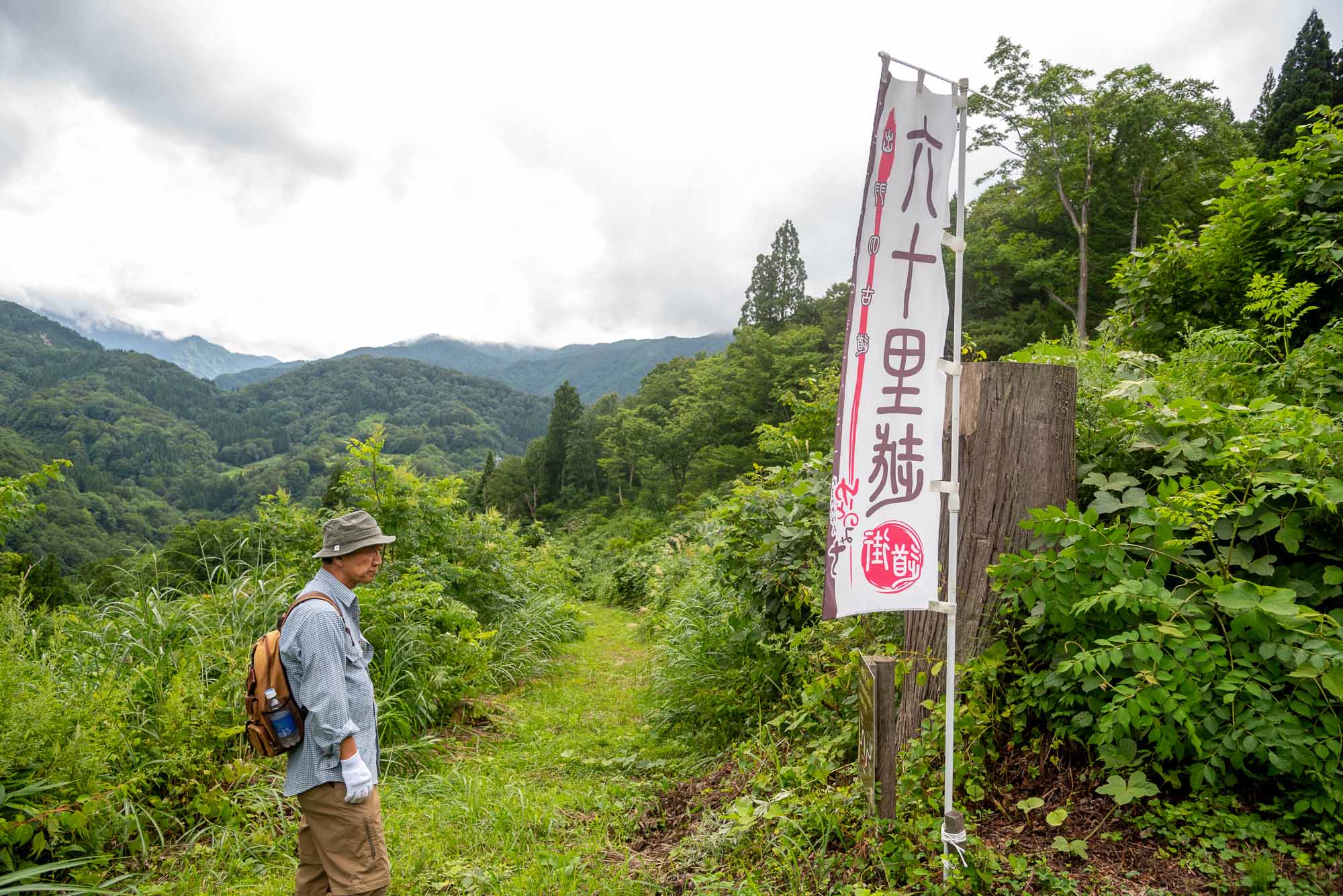

End of Day 1

Where to eat lunch?
Depending on the time you begin your hike, you can ask Yasuno Ryokan (if you’re staying there) to prepare a bento lunch for you to take the next morning.
Alternatively, make sure to buy something to eat in Tsuruoka City before setting out. Please remember to carry your trash with you and dispose of it at your next accommodation.
You can enjoy your lunch in the forest—resting on tree logs near one of the old chaya (teahouse) remains—or, if it’s within opening hours, inside the Oami Yoreccha Community Center.
Day 2
1. Continue walking the rest of the previous day’s final course up to the Nanatsu Falls, from Nanakamado. You will cross the Tamugimata Village.
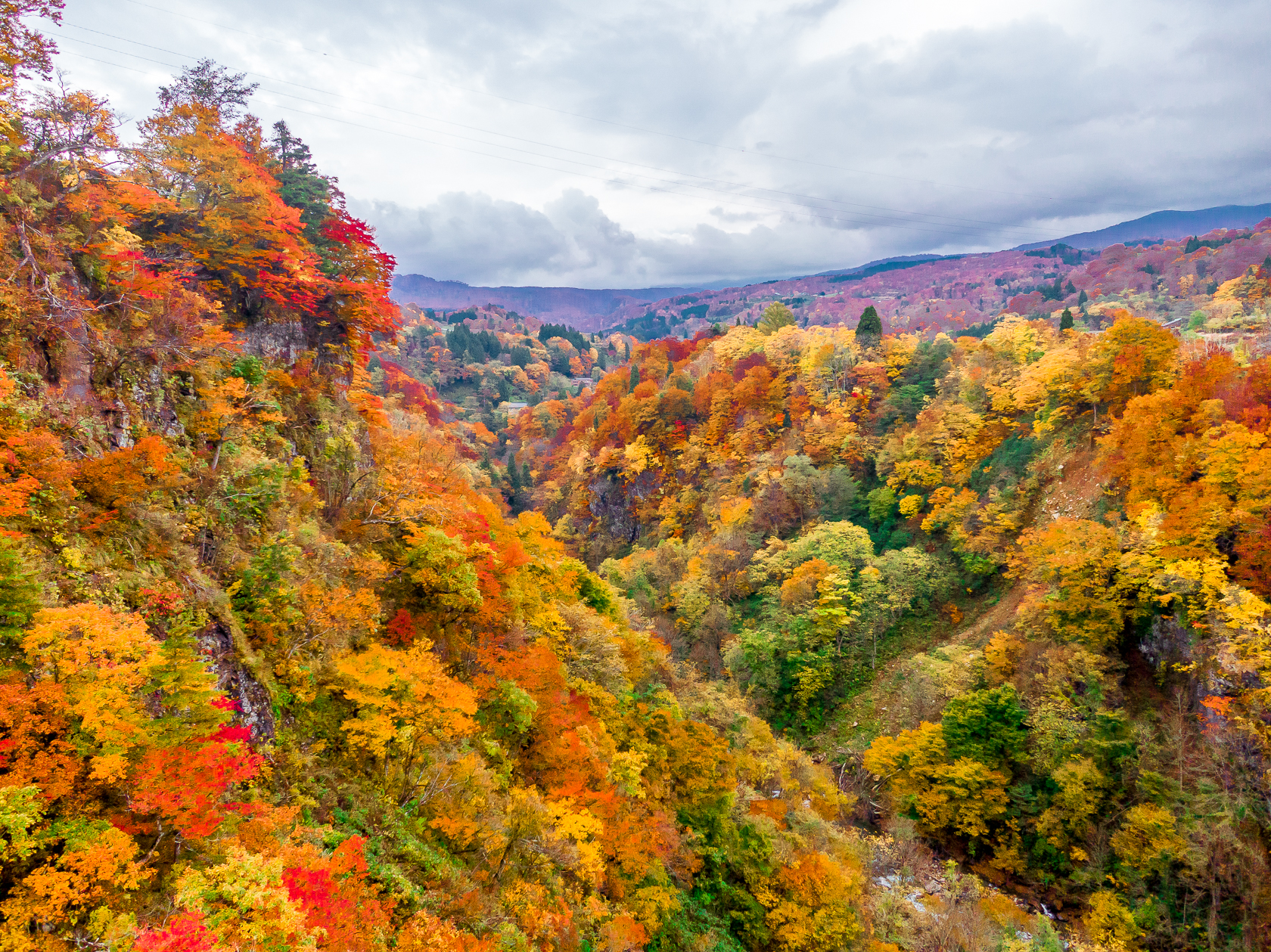
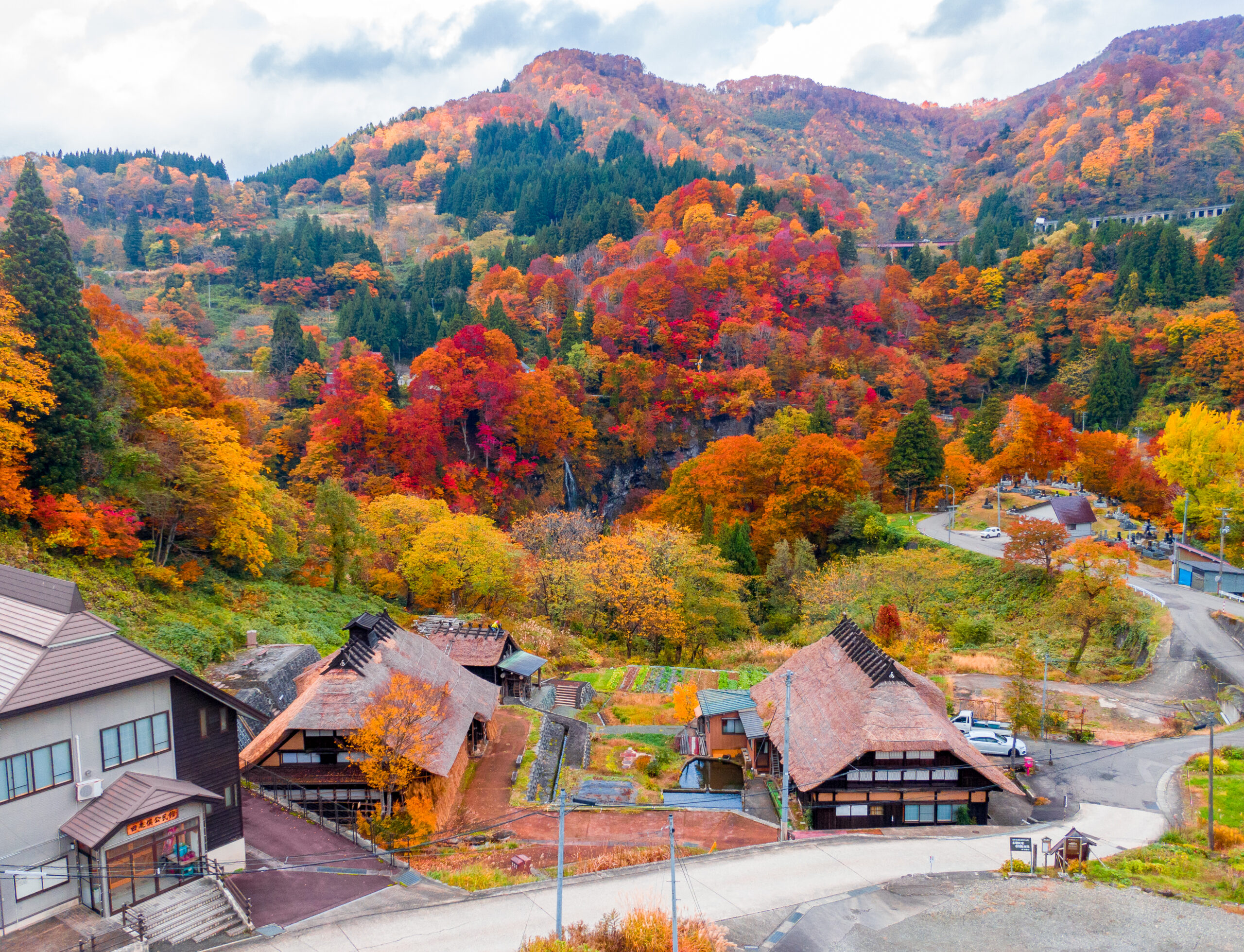
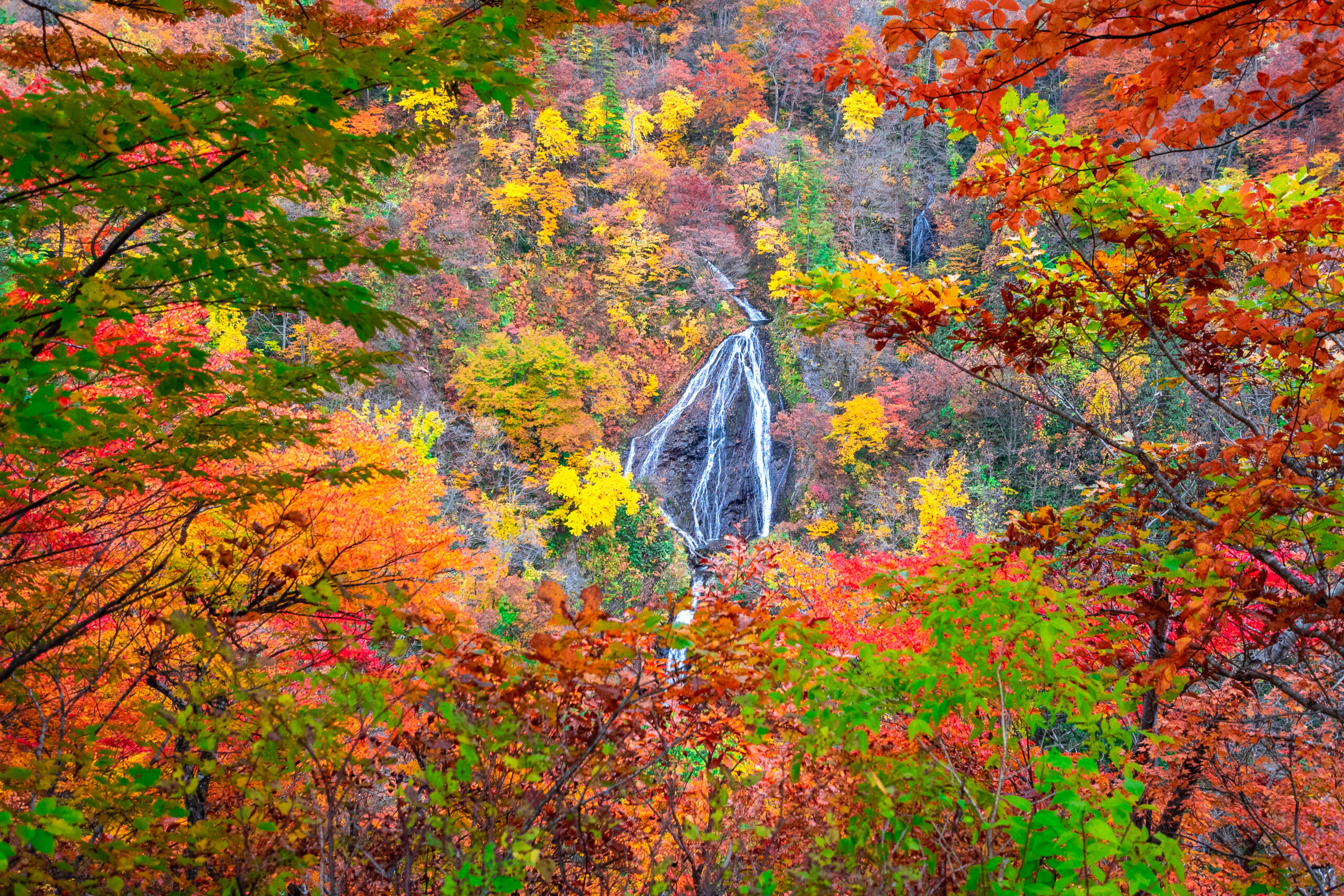
2. You can choose to go to Mt. Yudono by the Arikoshizaka trailhead (蟻越坂登り口), or the Nanatsu Falls trailhead (七ツ滝登り口). Both trailheads converge to the same point after a few hundred meters. Don’t panic if you didn’t take the trailhead you intended to. (Total length: 12km from Nanakamado to Mt. Yudono’s shrine, 5-6 hours)

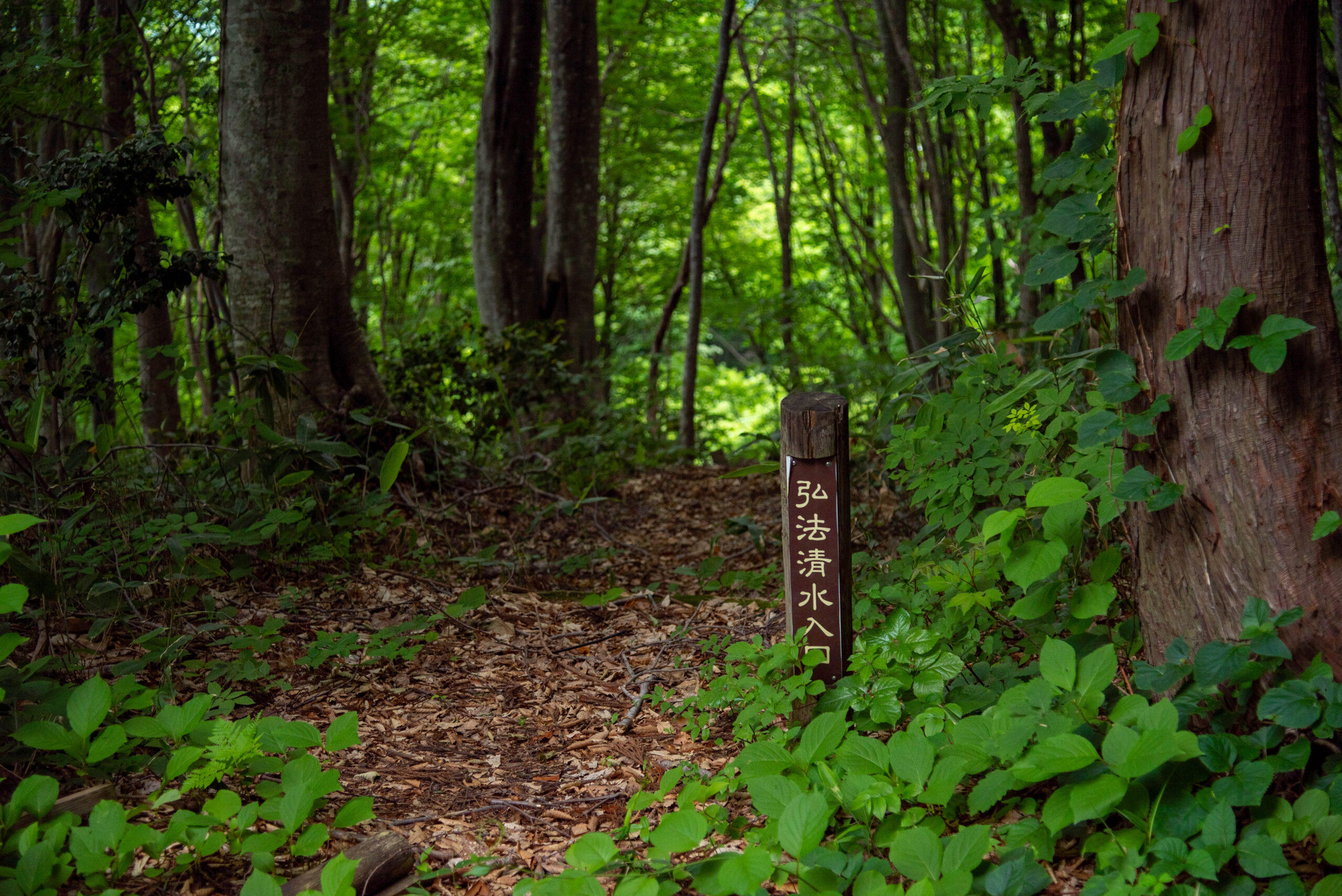
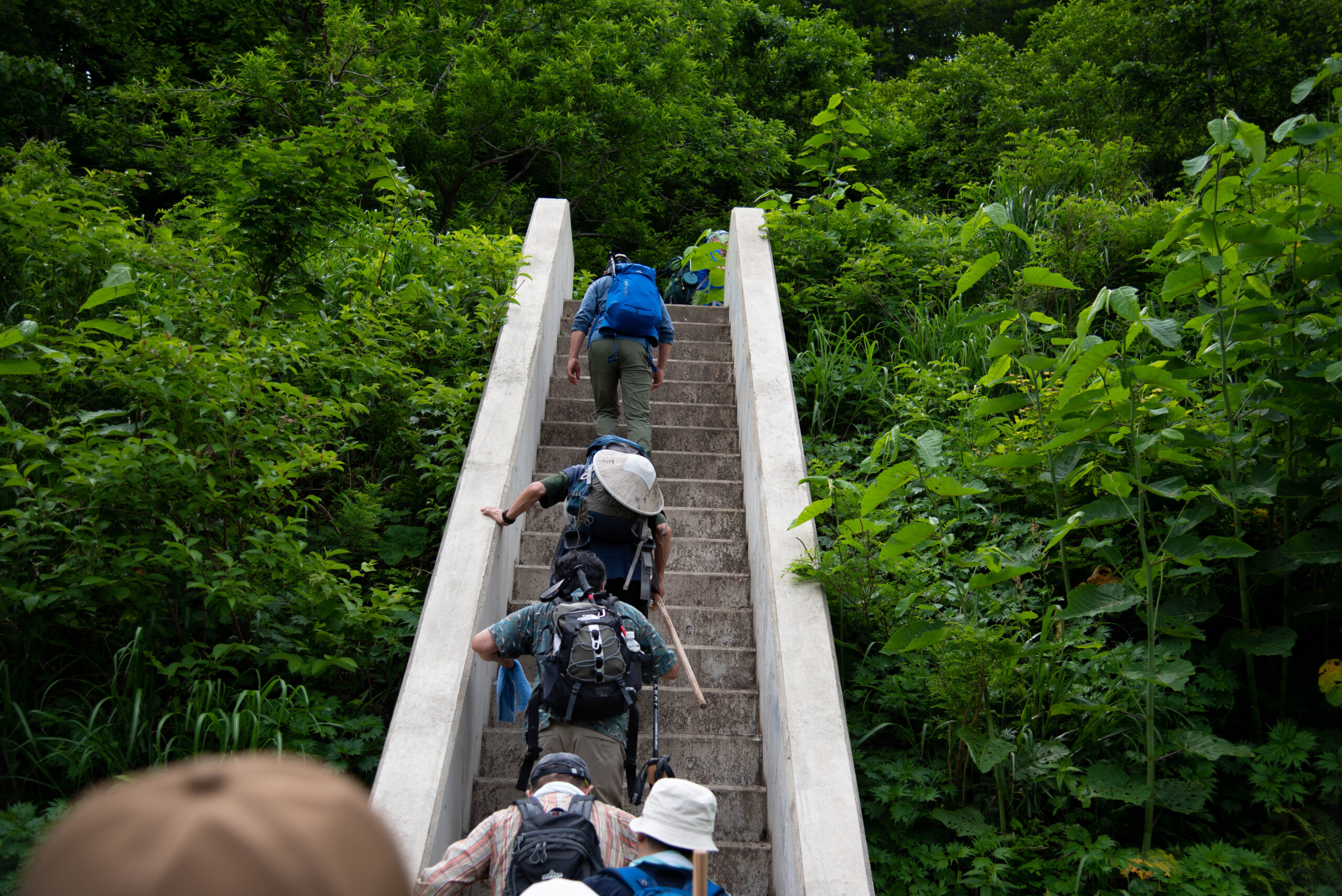

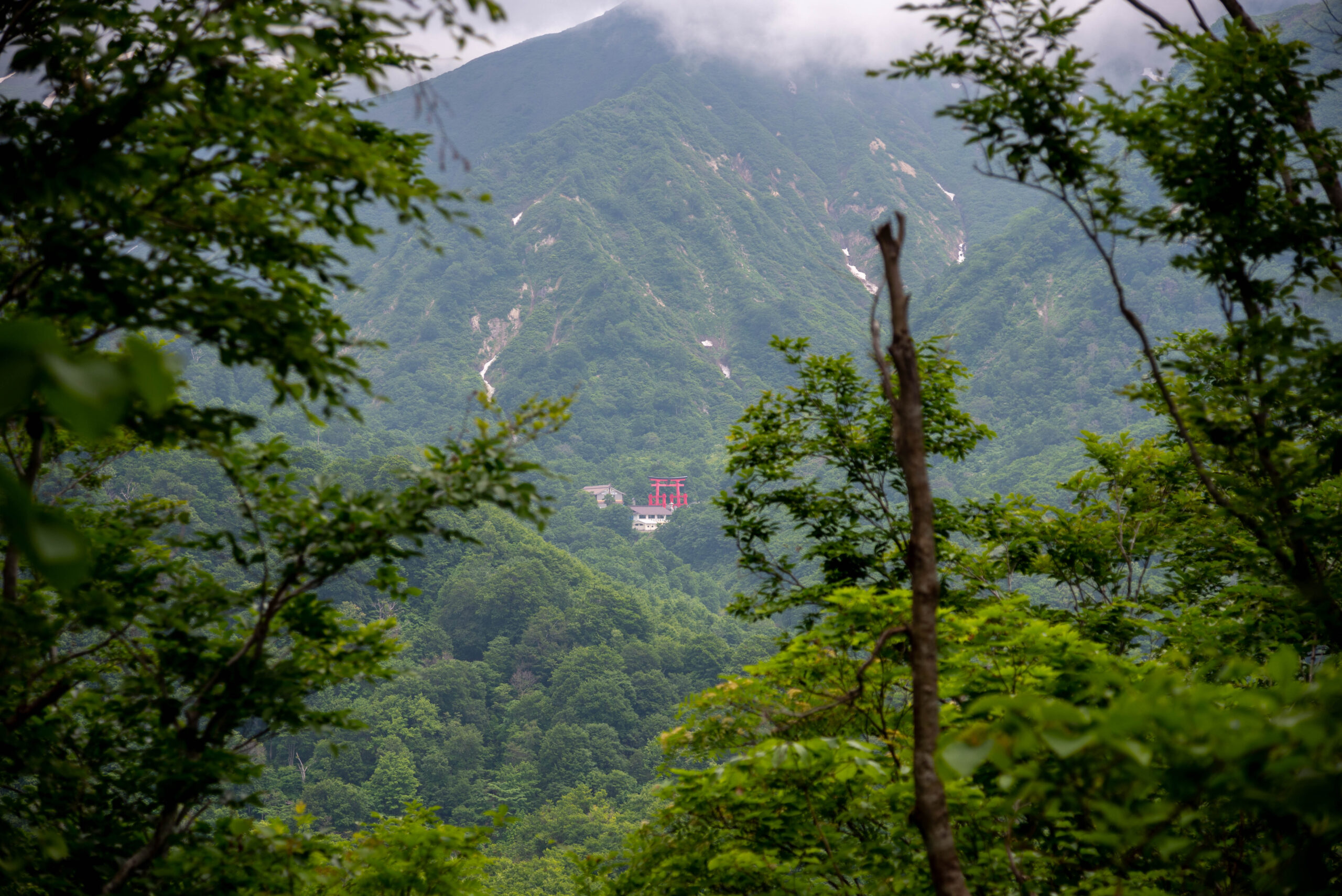
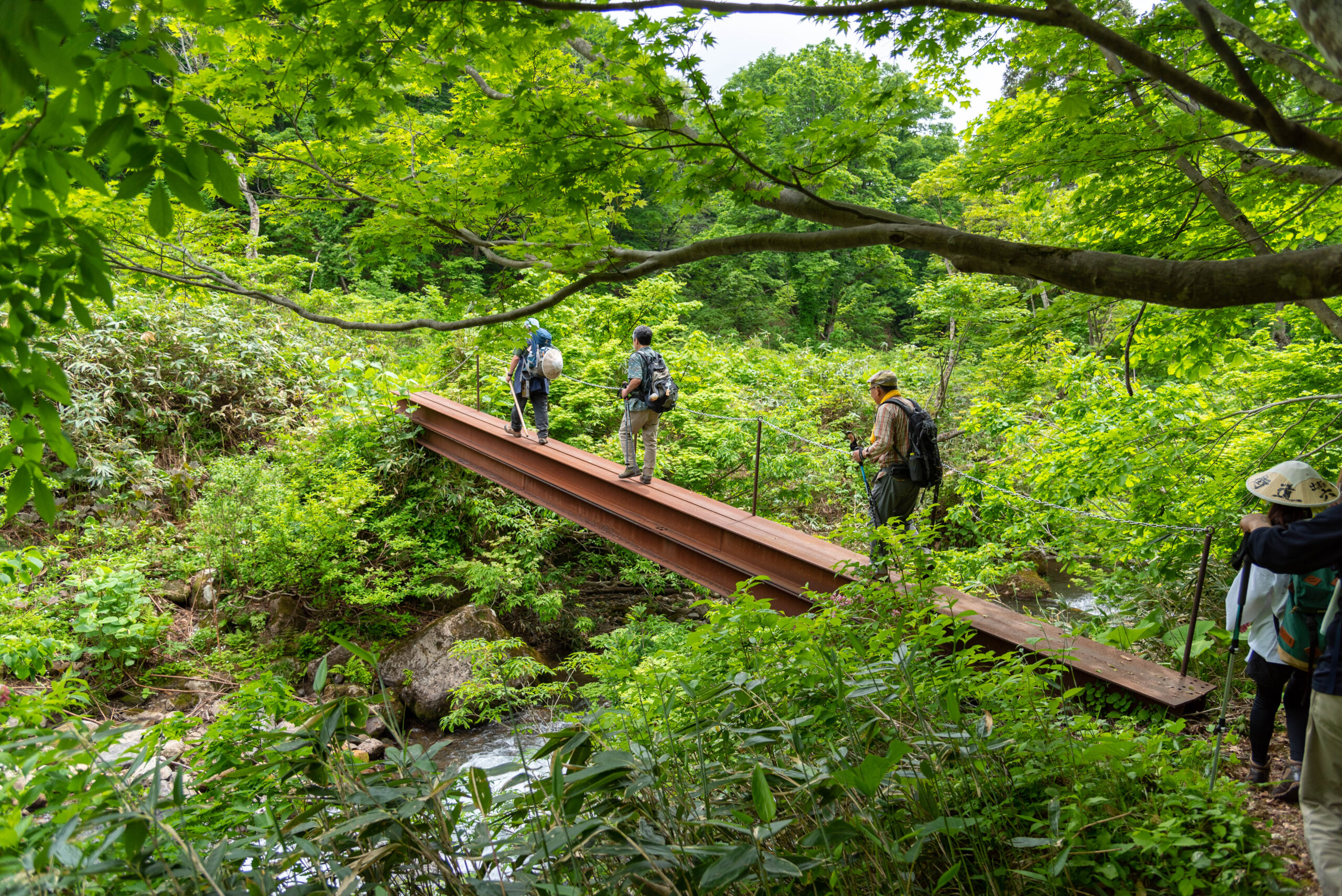
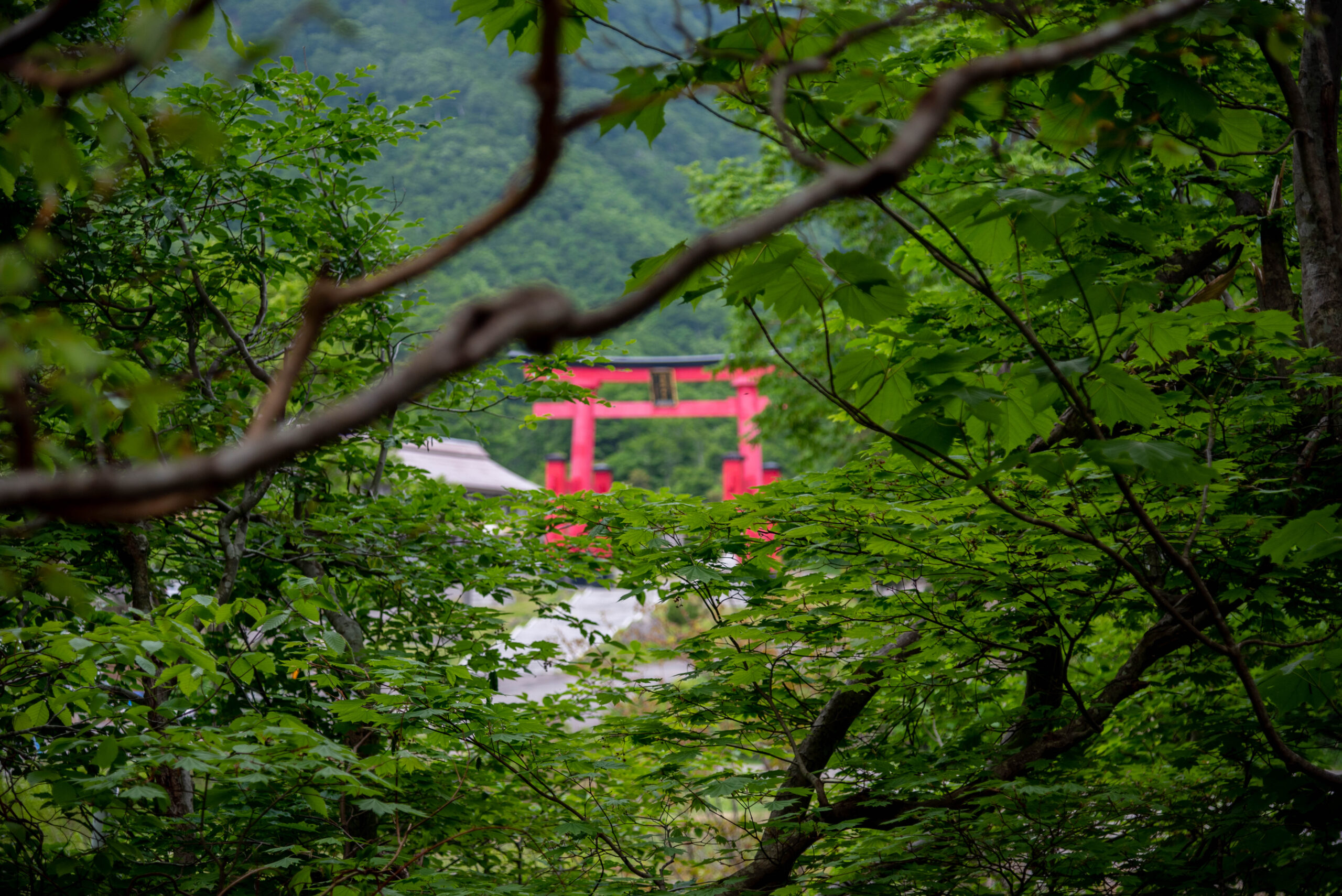
3. Visit Mt. Yudono, and stay at the Yudonosan Sanrojo for the night, before deciding if you to up to Mt. Gassan (3 ladder-type via ferratas) or go to Shizu Onsen.
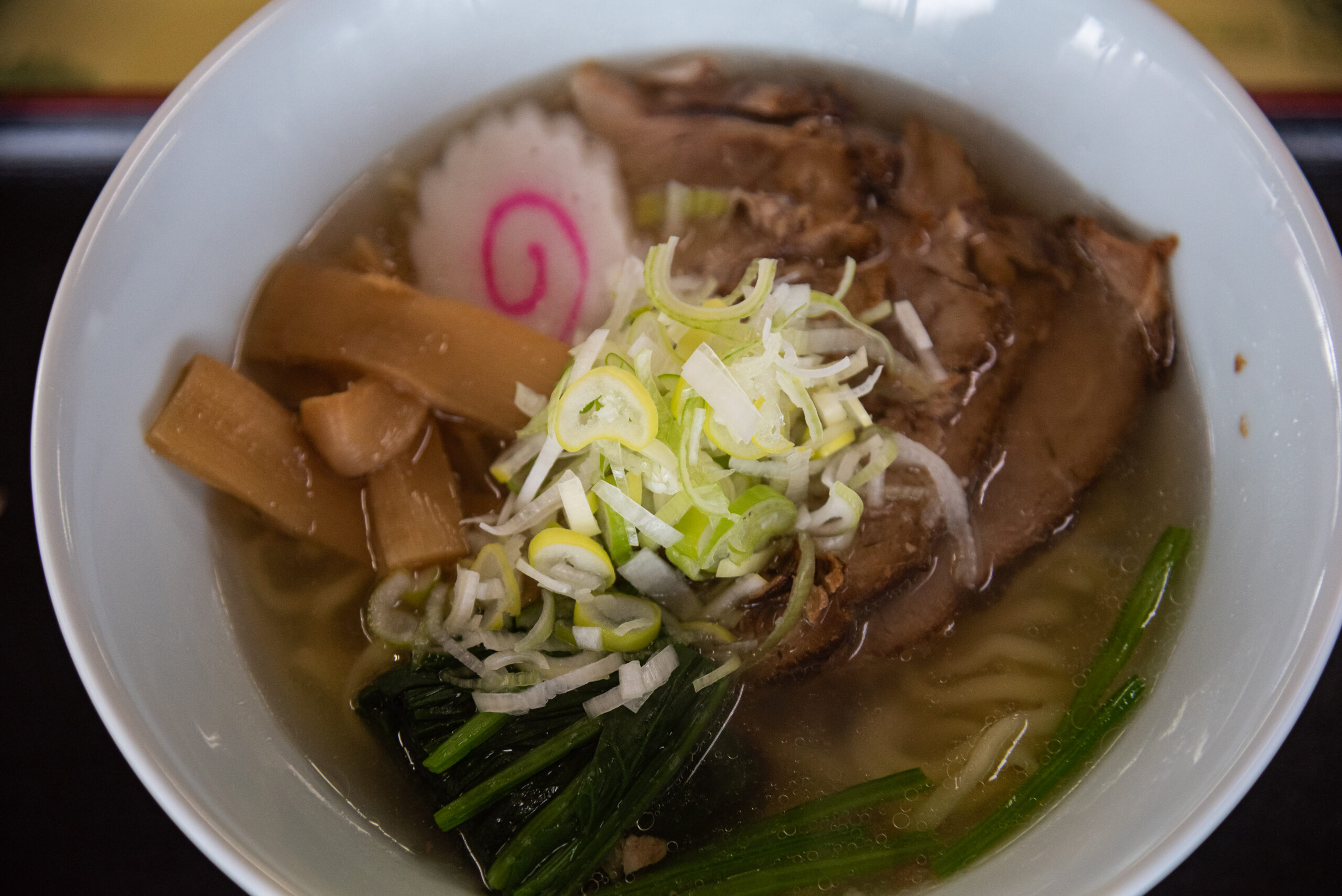
Where to eat lunch?
You can ask Nanakamado Inn to make bento for your prior to your arrival, or start very early in the morning to be able to eat lunch at Yudonosan Kyukeijo‘s foodcourt (curry& noodles).
How to do it in reverse (from Mt. Yudono back to Tsuruoka City) ?
Day 1
- Provided you come down from Mt. Gassan, you will need to stay for the night at Yudonosan Sanrojo, the pilgrim lodge next to the big torii gate.
- Wake up before 7am, and walk the above courses in the reverse direction.
- Stay at Nananakamado Inn
Day 2
- Wake up before 7am, and walk to Honmyoji Temple (7 hours)
- Reach the Shimomura bus stop before the last bus departure (15:20 on weekends + national holidays, 18:00 on weekdays only)
Walk the Rokujurigoe Kaido to help maintain its history!
The Argodia Research Association was founded in 2002 by local volunteers from the former Asahi Village (Tsuruoka City) with the aim of preserving and passing down the Rokujurigoe Kaido. Each year, members cut back vegetation, maintain the path, and install signposts along the trail.

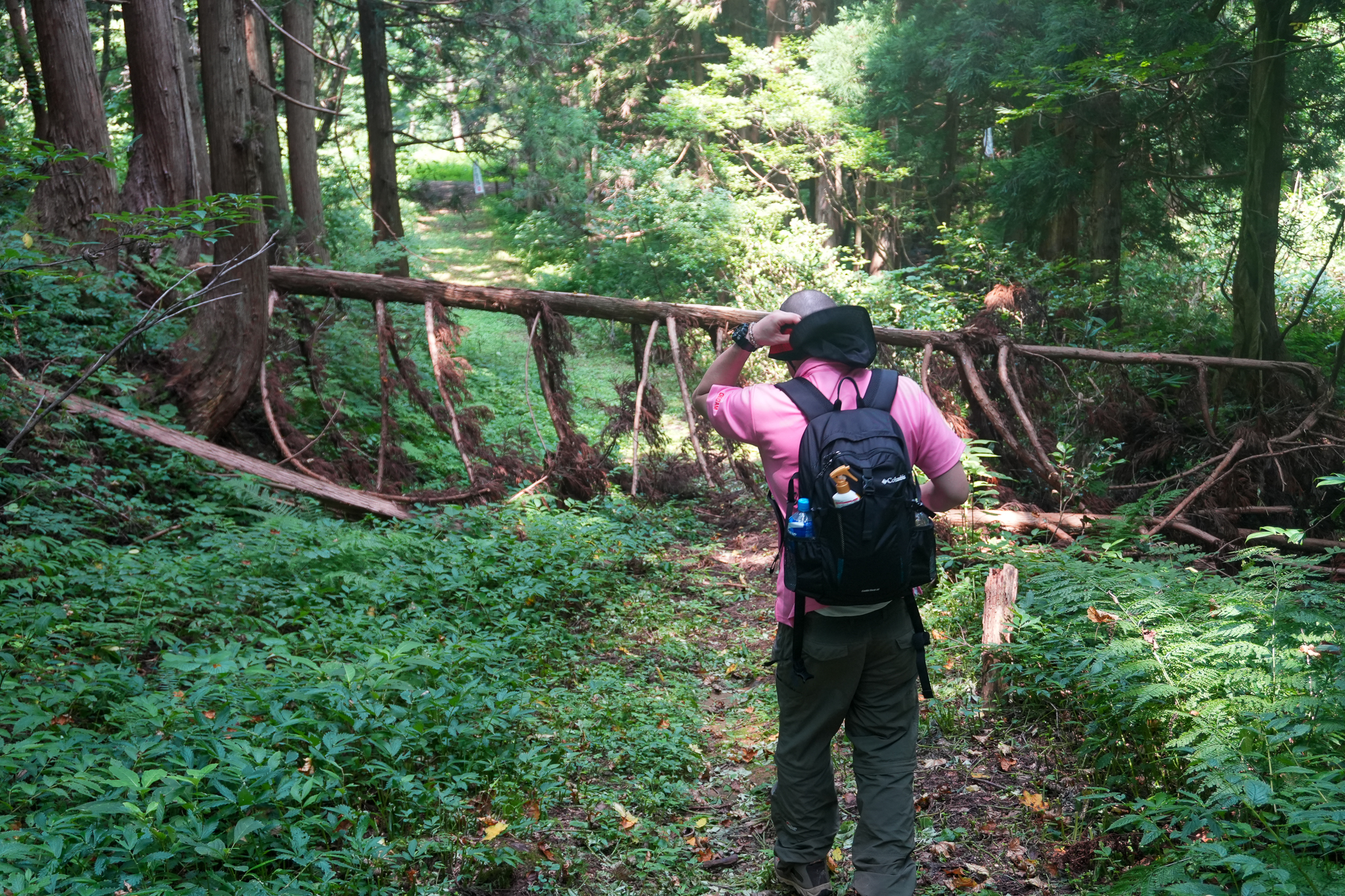
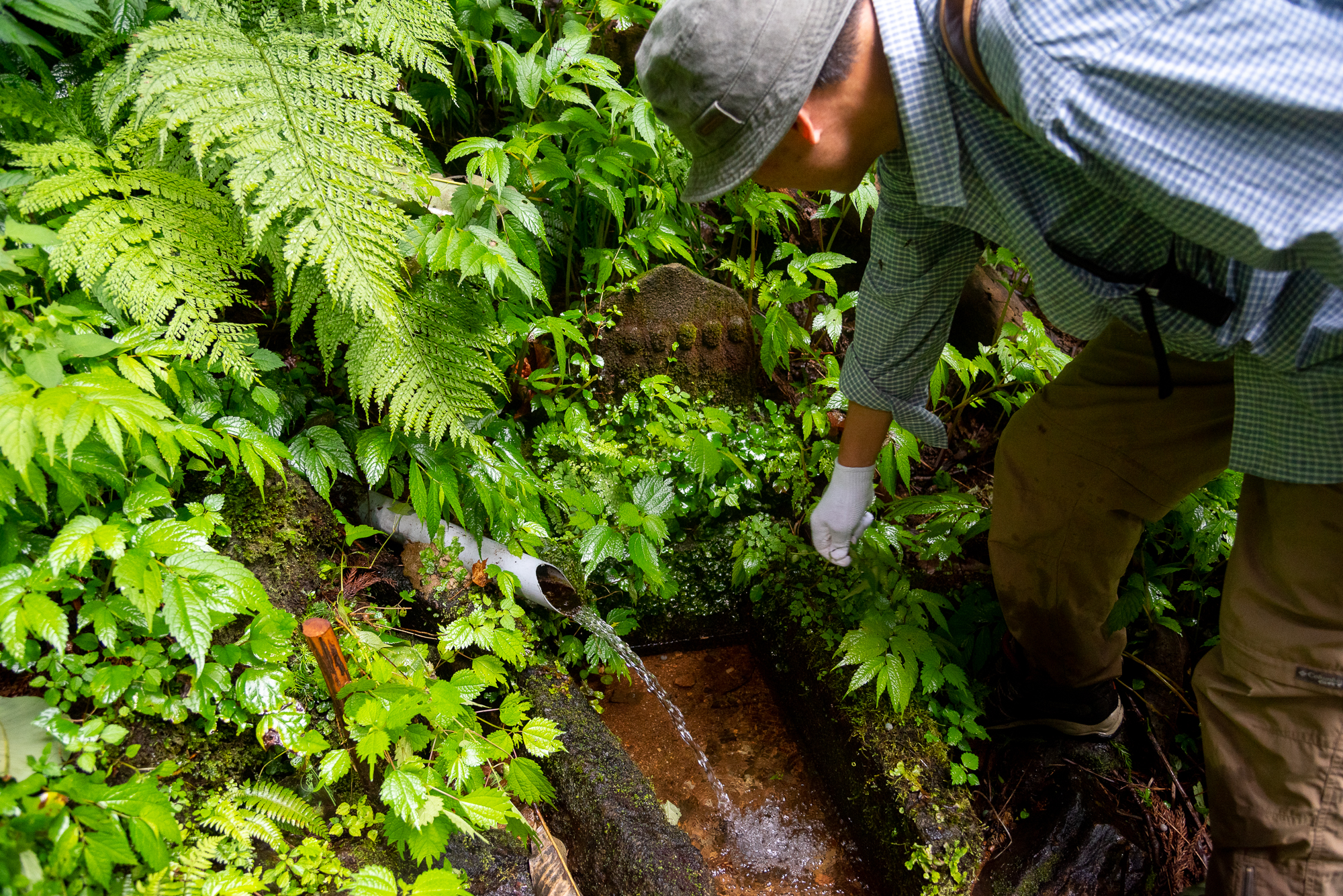
Argodia has been awarded the 2024 Ministry of the Environment Commendation for Contributions to Nature Trails. This commendation is presented by the Ministry of the Environment to individuals and organizations across Japan who are committed to the proper upkeep and management of mountain paths and nature trails. The award was handed to Chairman Koseki by Conservation Officer Mototsugu Watanabe of the Bandai-Asahi National Park Haguro Nature Conservation Office during the “Rokujurigoe Kaidō Promotion Forum,” held at the Asahi Chūō Community Center in Tsuruoka City.
Chairman Koseki commented: “I am truly grateful that the steady efforts of each of our members have been recognized. While the aging of our membership poses challenges in passing this work on to younger generations, we remain committed to preserving the Rokujurigoe Kaido, which is truly a treasured heritage of our region.”
Simply by walking the Rokujurigoe Kaido trail, you help keep this ancient pilgrimage route alive. Every step prevents vegetation from overtaking the path. Taking the bus to Shimomura-guchi signals to local authorities that the area is active and worth protecting. Staying in local lodges and dining at nearby restaurants directly supports the community. Your feedback is carefully reviewed and used to improve the trail to the best of our ability. Your visit is more than welcome — it truly makes a difference.

Take part in a Self-Guided Tour
Local travel agencies have developed self-guided tours to simplify reservations and itinerary planning, while allowing visitors to see each of the sokushinbutsu mummies, including the one at Churenji Temple.
For instance, Shoko Travel uses the French app Mhikes – Roadbooks for Discovery which provides detailed information through audio guidance, text, and GPS navigation. The app also explains the history of the pilgrimage route, enhancing your experience along the trail; and the agency offers assistance via Whatsapp during your trip.
For more information, please contact us.


